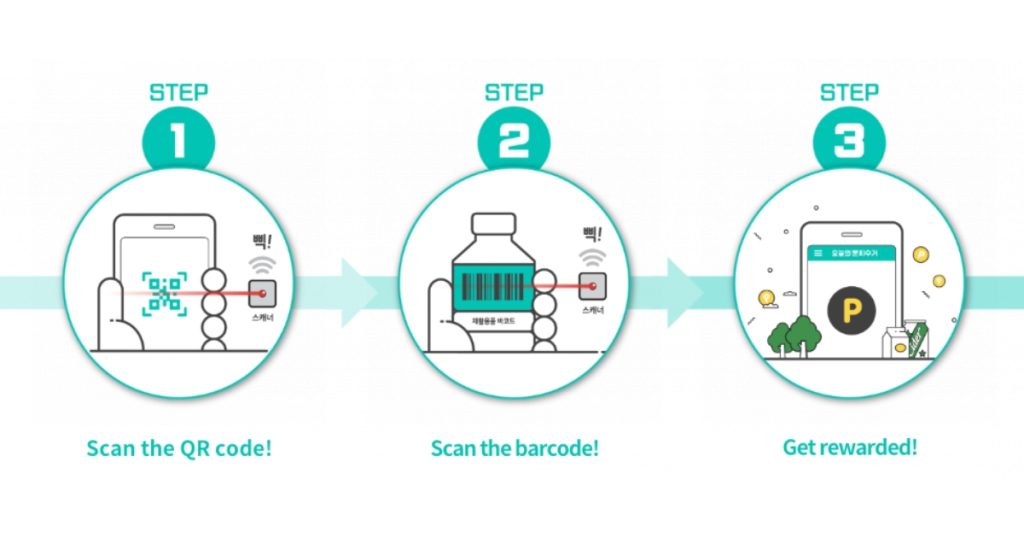1. Waste paper recycling: History around the world
In the previous column “Our Journey to Resource Circulation vol.1”, it was introduced how waste paper management has been operated in Japan and what Matsuzawa/Social Bridge is conducting today. The history of paper recycling in Japan dates back to the Edo period, when people started buying scrap paper. The culture of recycling waste paper, therefore, started to be shaped ever since.
Today, we will look at the efforts of Germany and Sweden, which have a long history of paper recycling. In these countries, the development of paper recycling has been supported by various approaches, including the development of public systems, high awareness among citizens, and technological innovation.
Germany: A leader in recycling through systems and citizen participation
In Germany, the Packaging Ordinance (Verpackungsverordnung) came into force in 1991, placing the responsibility for the collection and recycling of packaging materials on manufacturers and retailers. As part of this system, Dual System Deutschland started to introduce the “Green Dot Mark (Der Grüne Punkt)” to promote the recycling of containers and packaging. Products bearing this mark show that the manufacturer is covering the recycling costs and that the product is recyclable. As a result, the recycling rate of paper packaging increased significantly.

In addition, German citizens have a high level of environmental awareness and are thorough about separating household waste.
In German cities, there are containers for waste paper, where residents can throw newspapers, magazines, cardboard, etc. For household waste, it is common to use color-coded bins for each type of waste. For example, blue is for waste paper, brown is for food waste, yellow is for plastic, etc., visually encouraging separation.
Sweden: Efforts towards a circular economy
In Sweden, paper recycling policies have been strengthened since the 1970s, and a government bill in 1975 made it mandatory to separate newspapers from households. This established a system in which local governments are responsible for collection and recycling companies process them. Currently, the recycling rates are high, at 95% for newspapers, 80% for paper packaging, and 77% for graphic paper.
In addition, recycling stations are located within 300 meters of residential areas, creating an environment in which residents can easily participate in recycling. Furthermore, some urban areas, such as Stockholm, have introduced a garbage collection system that uses underground pipes. After separating burnable garbage, food waste, and newspapers, garbage is placed in garbage chutes installed in the city, and the garbage is sent to a collection point through underground pipes by air pressure at 70 km per hour, and then transported to a collection station.

2. Cool initiative to make paper recycling hot
European countries are taking the lead in creating systems that make it easy for citizens to participate and efficiently collect waste, including paper. Furthermore, new are beginning to emerge in order to motivate citizens to recycle from a more diverse perspective.
- Apps to incentivise recycling
- Customers can receive points and rewards (electronic money, gift certificates, etc.) for the amount of waste collected, including paper.
- Example
- Oystertable (Korea): the Apps “Today’s Recycle” allows users to scan the QR code on the collection box and the barcode on the product of a partner company, recycle it and earn points.

- Bower (Sweden): The Bower app encourages recycling through gamification and rewards points.

- Sorting assistance through image recognition
- Image recognition is used to properly separate garbage that is difficult to identify.
- Example
- Bin-e (Poland): AI uses cameras and sensors installed in AI smart sorting boxes to recognize images of garbage. Automatically sorts into plastic, paper, metal, etc. Currently being introduced in office buildings and co-working spaces for B2B purposes.

Waste paper is often a hassle and ends up being thrown away as burnable garbage. However, technology is beginning to spread that makes recycling more and more appealing by making it fun through app rewards and gamification, and by using image recognition to make it easy to separate.
In Japan, this kind of technology has not yet become widespread. It, however, can be said that even without this technology, paper recycling has become established through the awareness of each individual. We believe that waste paper recycling in Japan has already become one of the cultures that Japan can be proud of.
